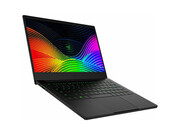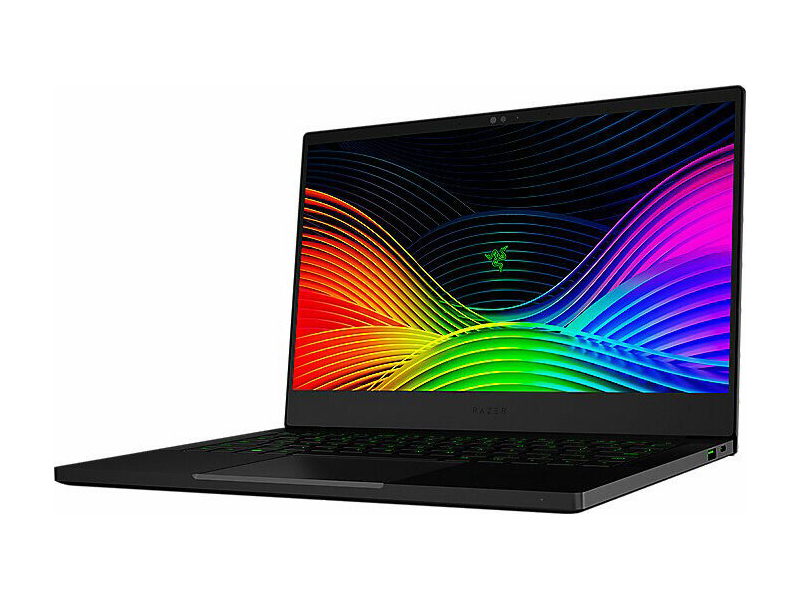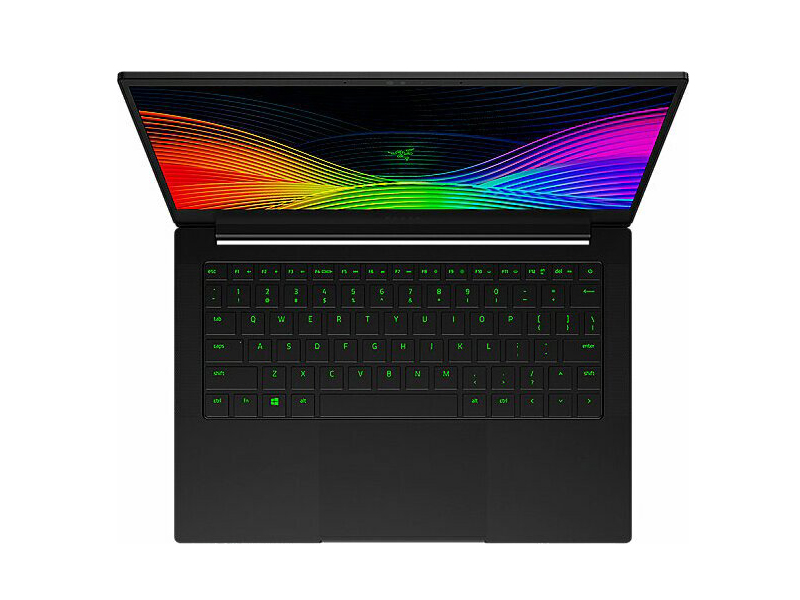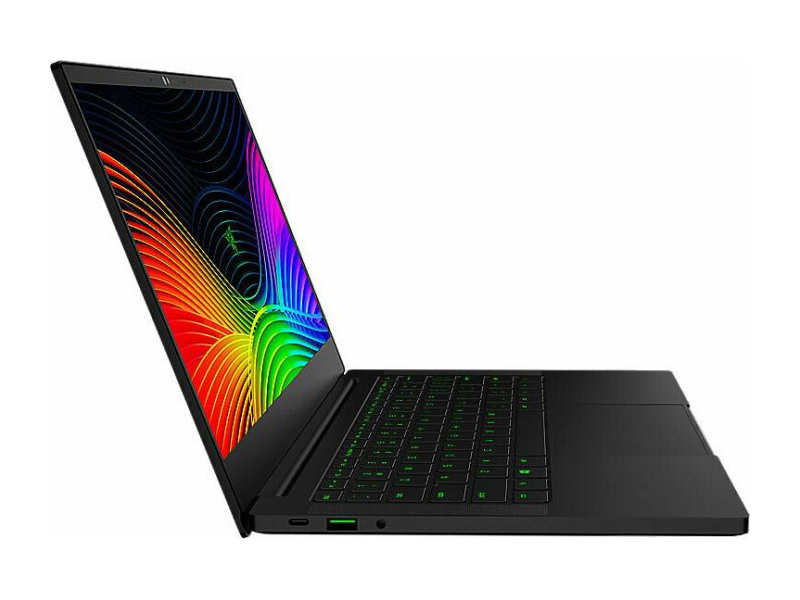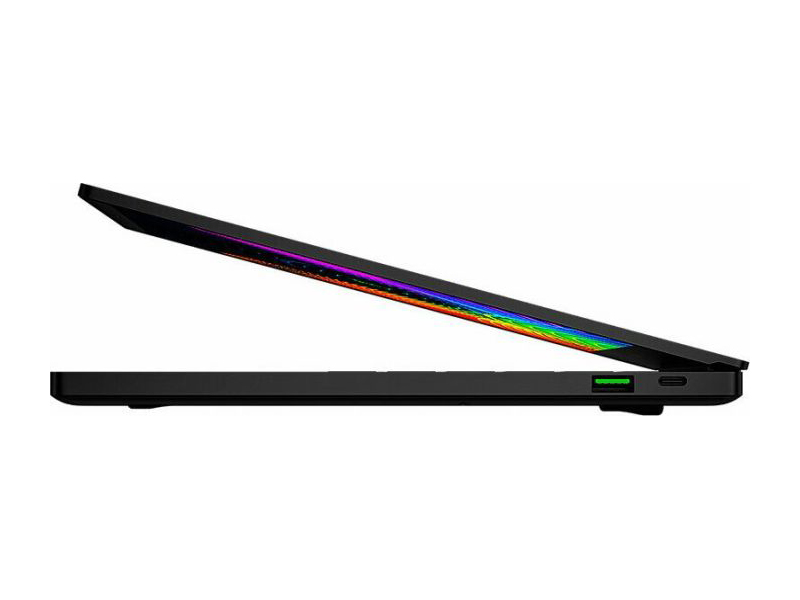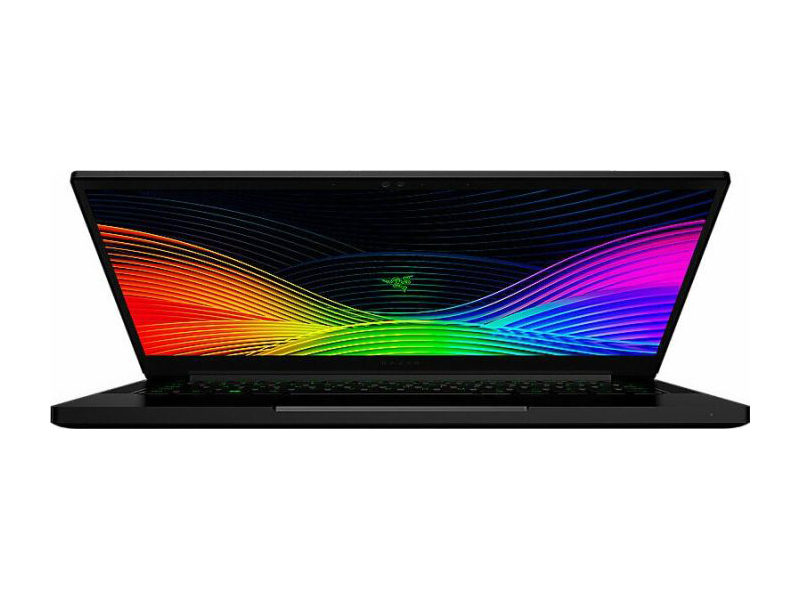Razer Blade Stealth i7-1065G7, GTX 1650 Max-Q
Especificaciones de Portátil(es)
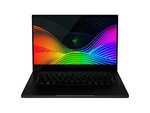
Price comparison
Promedio de 3 puntuaciones (de 3 análisis)
Análisis para el Razer Blade Stealth i7-1065G7, GTX 1650 Max-Q
Origen: The Verge
 EN→ES Archive.org version
EN→ES Archive.org versionThat said, there are reasons why someone might want Razer’s laptop instead. One is the built-in webcam. Another is the refined aesthetic, which is a hallmark of the Blade Stealth, including the chic colorful keyboard. And another is the form factor. At the end of the day, the Blade Stealth 13 is still the most portable gaming experience you can find. The G14 is a bit bigger and noticeably heavier. If you’d prefer to sacrifice some gaming performance in exchange for a laptop that’s exceptional in these areas, the Blade Stealth 13 is for you.
Único Análisis, disponible online, Mediano, Fecha: 07/28/2020
Puntuación: Puntuación total: 80%
Origen: Ultrabook Review
 EN→ES Archive.org version
EN→ES Archive.org versionI really like this little laptop. If you are looking for something ultra-portable that plays games pretty well and you have the money to spend (and you don’t use the right shift key!), perhaps this Razer Blade Sealth 13 is the right model for you. On the other hand, this is expensive and has its quirks, that's why the Blade 15 remains the better value proposition if you're willing to opt for a slightly larger and heavier computer instead.
Único Análisis, disponible online, Muy largo, Fecha: 12/31/2019
Puntuación: Puntuación total: 80%
Origen: Hardware Zone
 EN→ES Archive.org version
EN→ES Archive.org versionThe Razer Blade Stealth 13 is perhaps the only ultrabook today to offer what I'd consider decent gaming performance. If you travel a lot, but can't bear to be away from your games, the Blade Stealth 13 may just be what you need. However, Razer isn't quite the first to attempt to make an ultraportable gaming machine. For one, there was the old Alienware m11x, a puny 11.6-inch laptop with a GeForce GT 540M. It turned out pretty good gaming numbers as well, for its time that is, but it was also a rather thick and heavy system.
Único Análisis, disponible online, Muy largo, Fecha: 12/06/2019
Puntuación: Puntuación total: 80% precio: 70% rendimiento: 65% movilidad: 80% procesamiento: 90%
Comentario
NVIDIA GeForce GTX 1650 Max-Q:
Tarjeta gráfica dedicada de gama media para portátiles delgados y livianos basados en la GTX 1650 pero con velocidades y consumo reducidos. Utiliza la arquitectura Turing (chip TU117 en 12nm FFN) pero sin núcleos Raytracing o Tensor.
Estas tarjetas también deben ser capaces de aguantar todos los juegos actuales, pero la mayoría de ellos en configuraciones de detalles medios y bajos y con bajas resoluciones. Juegos más antiguos, o menos exigentes todavía pueden ser jugados con buena calidad de gráficos.
>> Más información puede ser encontrada en nuestra comparación de tarjetas gráficas moviles y la lista de benchmarks.
i7-1065G7:
>> Más información puede ser encontrada en nuestra comparación de procesadores móviles.




